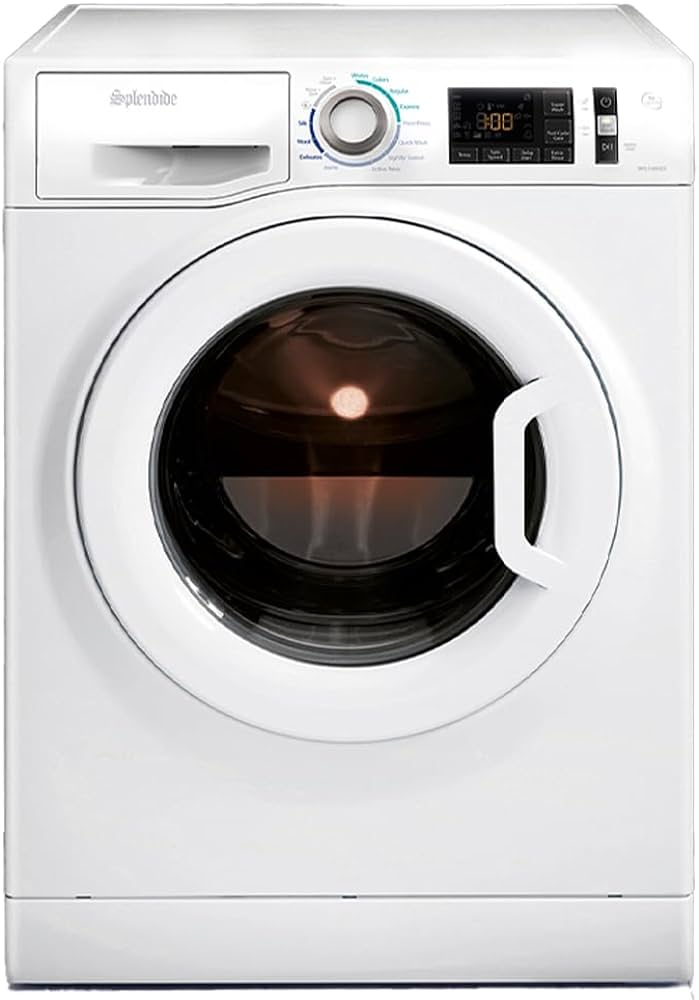Introduction:
Washing clothes is a routine household task, but the duration of a washing machine cycle can vary significantly depending on several factors. Understanding these factors and how they influence the length of a wash cycle can help you manage your time and energy consumption better. This comprehensive guide explores the different types of cycles, the factors affecting cycle duration, and tips for optimizing your washing machine use.
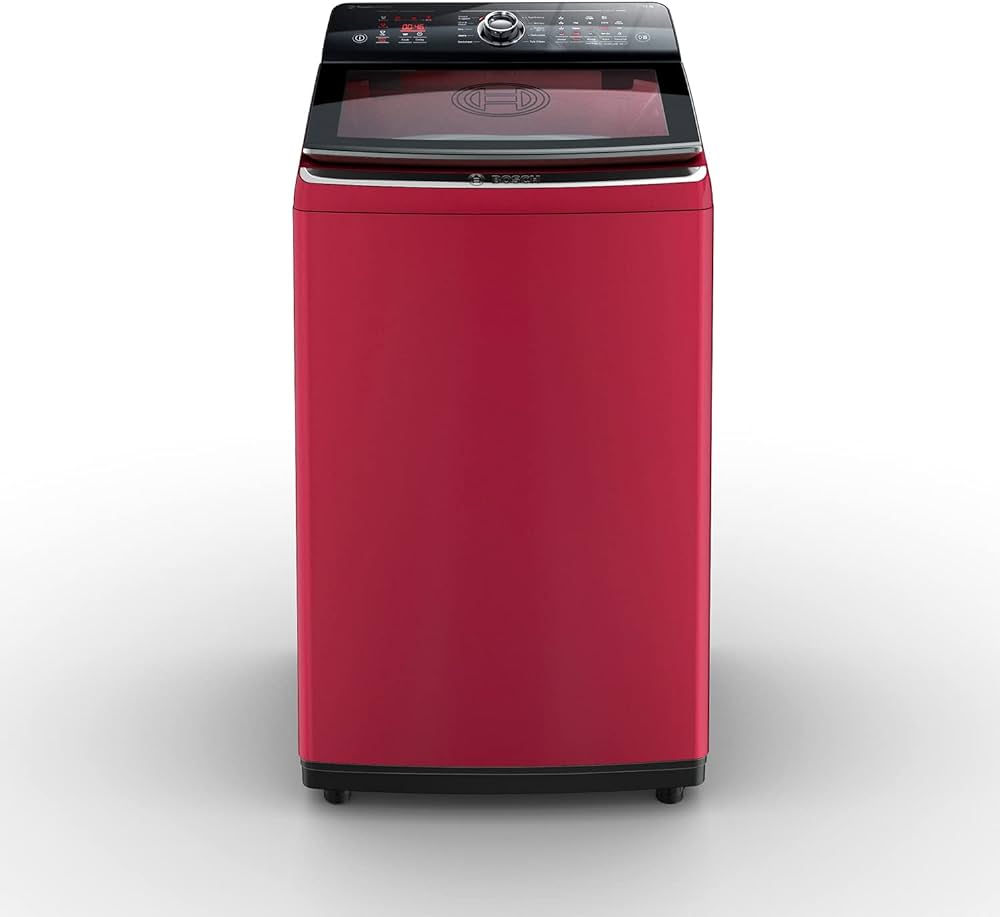
How Long Is a Washing Machine Cycle?
Understanding Different Wash Cycles
Modern washing machines offer a variety of wash cycles, each designed for specific types of fabrics and levels of soiling.
Delicate/Gentle Cycle: The delicate or gentle cycle is designed for fragile fabrics such as silk, wool, or lace. It uses low agitation and slower spin speeds to protect delicate items from damage. This cycle usually takes between 45 minutes to an hour, similar to the normal cycle, but it’s gentler on the fabrics.
Heavy-Duty/Bulky Cycle: The heavy-duty or bulky cycle is intended for heavily soiled clothes, towels, bedding, and other large items. This cycle uses strong agitation and higher spin speeds to thoroughly clean tough stains and dirt. The duration of this cycle can range from 1 to 1.5 hours, sometimes extending to 2 hours depending on the load size and soil level.
Eco Wash/Energy-Saving Cycle: Eco wash or energy-saving cycles are designed to reduce water and energy consumption. These cycles are longer, often lasting from 1.5 to 2.5 hours, as they use lower temperatures and longer soak times to achieve thorough cleaning with minimal resources.
Factors Affecting Wash Cycle Duration
The length of a washing machine cycle can be influenced by various factors, each playing a crucial role in determining the total time.
Load Size: The size of the load affects the duration of the wash cycle. Larger loads take more time to wash, rinse, and spin. Overloading the machine can extend cycle times and reduce cleaning efficiency.
Level of Soiling: Heavily soiled clothes require longer wash times to ensure thorough cleaning. Washing machines may extend the cycle duration by adding extra rinses or increasing agitation times to deal with persistent stains and dirt.
Water Temperature: Washing with cold water requires more agitation and longer cycles to achieve the same cleaning results as hot water. Conversely, hot water cycles can be shorter due to the increased efficiency of dirt and stain removal at higher temperatures.
Spin Speed: High spin speeds reduce the amount of water remaining in the clothes at the end of the cycle, but they can also increase cycle time. Conversely, lower spin speeds result in wetter clothes that require longer drying times but can shorten the wash cycle.
Rinse Cycles: Additional rinse cycles ensure that detergent residues are thoroughly removed from the clothes. Each additional rinse cycle can add several minutes to the overall wash cycle time.
Type of Detergent: The type of detergent used, whether it’s regular, high-efficiency, or a pod, can affect cycle duration. High-efficiency detergents are designed to work with less water and shorter cycles.
Machine Technology: Modern washing machines with advanced sensors and smart technology can adjust cycle times automatically based on load size, soil level, and fabric type. These adjustments can either shorten or lengthen the wash cycle.
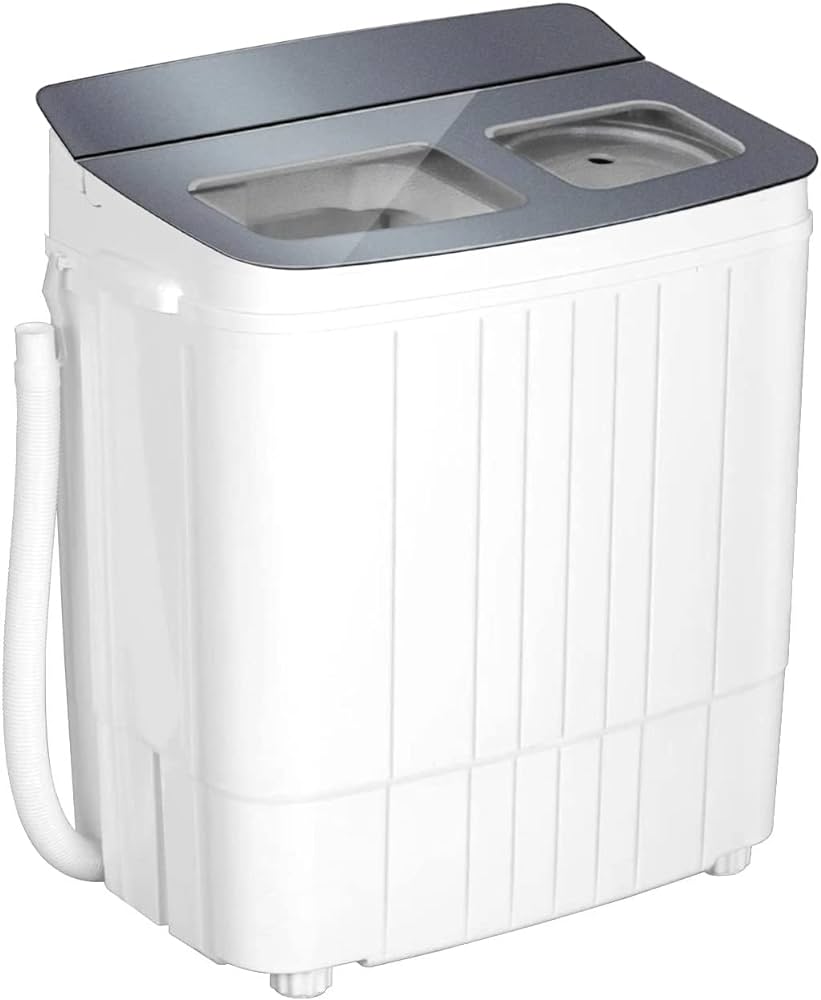
Optimizing Washing Machine Cycle
Understanding how to optimize your washing machine cycle helps save time, energy, and improves cleaning efficiency.
Proper Load Size: Load the washing machine with the appropriate amount of clothes. Avoid overloading, which can strain the machine and reduce cleaning efficiency, and underloading, which wastes water and energy.
Pre-Treatment of Stains: For heavily soiled clothes, pre-treating stains with a stain remover or soaking can reduce the need for longer wash cycles. Pre-treatment helps the washing machine achieve better cleaning results in a standard cycle duration.
Select the Right Cycle: Choose the correct wash cycle based on fabric type and soil level. Using a heavy-duty cycle for lightly soiled clothes can waste time and energy, while using a delicate cycle for heavily soiled items might not clean effectively.
Use High-Efficiency Detergent: High-efficiency detergents are formulated to work with low-water and energy-efficient washing machines. Using the right detergent can enhance cleaning performance and potentially reduce cycle times.
Warm or Cold Water: Opting for warm or cold water instead of hot can save energy and still provide effective cleaning. Modern detergents are designed to work well in lower temperatures, reducing the need for long cycles with hot water.
Regular Maintenance: Regular maintenance of your washing machine, such as cleaning the drum, filters, and detergent drawer, ensures efficient operation. A well-maintained machine performs better and may have shorter, more effective cycles.
Specific Cycle Recommendations for Different Fabrics
Different fabrics have unique needs that can influence the choice of cycle and its duration.
Cotton and Linens: These sturdy fabrics can handle the normal or heavy-duty cycles. Depending on their level of soiling, a cycle lasting 45 minutes to 1.5 hours is ideal. Use warm water to achieve effective cleaning without significant shrinkage.
Synthetic Fabrics: Synthetics like polyester and nylon are best washed on the normal or delicate cycle, depending on their instructions. These cycles typically last between 30 minutes to 1 hour and use cold or warm water to prevent damage.
Denim and Jeans: Denim requires thorough cleaning but can suffer from excessive agitation. A heavy-duty cycle with warm water, lasting about 1 to 1.5 hours, works well. Turn jeans inside out to preserve their color.
Delicates and Lingerie: For delicate fabrics like silk, lace, and lingerie, use the delicate cycle with cold water. These cycles last around 30 to 45 minutes, ensuring gentle cleaning and preserving fabric integrity.
Wool and Knitwear: Wool and knitwear require cold water and a gentle cycle to prevent shrinking and felting. The delicate or hand-wash cycle, lasting about 45 minutes to 1 hour, provides the right balance of cleaning and care.
Baby Clothes: Baby clothes, which are prone to stains and require hygienic cleaning, benefit from the sanitize cycle. This cycle can last between 1.5 to 2 hours and uses hot water to eliminate bacteria and allergens.
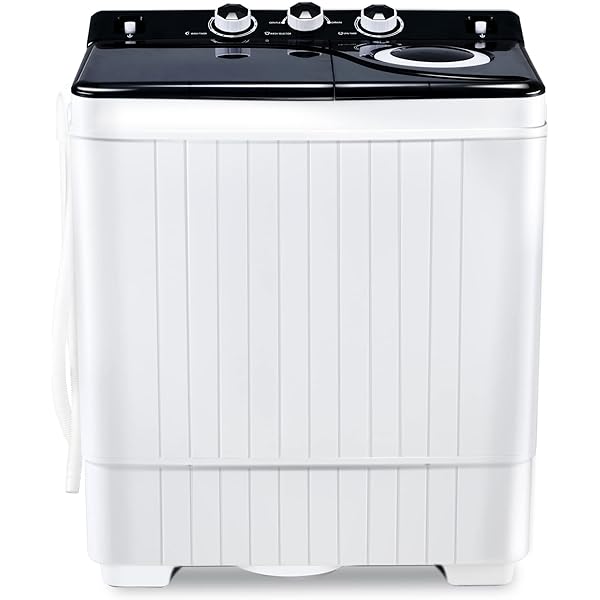
Energy and Efficiency Considerations
Efficient use of washing machine cycles not only saves time but also reduces energy consumption and utility bills.
Energy-Efficient Models: Invest in an energy-efficient washing machine with an Energy Star rating. These models are designed to use less water and energy, offering shorter and more effective wash cycles.
Load Optimization: Washing full loads maximizes the efficiency of your washing machine. Avoid washing small loads as they waste water and energy, but do not overload the machine as it reduces cleaning performance.
Avoid Over-Washing: Do not run your washing machine too frequently. Grouping laundry to ensure full loads reduces the overall number of cycles, saving time, water, and energy costs.
Off-Peak Hours: If your utility provider offers different rates for off-peak hours, consider scheduling your laundry during these times to save on energy bills.
Noise and Vibration Management
Managing noise and vibration is important for maintaining a peaceful environment and ensuring the longevity of your washing machine.
Balance the Load: An unbalanced load can cause excessive noise and vibration. Distribute clothes evenly and balance the load properly to reduce these issues. Washing similar items together, such as towels or jeans, helps maintain balance.
Level the Machine: Ensure your washing machine is placed on a level surface. Use adjustable feet to stabilize the machine and prevent excessive vibration.
Anti-Vibration Pads: Consider using anti-vibration pads under the washing machine legs to absorb vibrations and reduce noise. These pads are particularly helpful for washing machines placed on hardwood or tile floors.
Routine Maintenance: Regularly inspect and maintain the washing machine’s internal components, such as the drum and shock absorbers, to ensure smooth operation. Address any unusual noises promptly to prevent further damage.
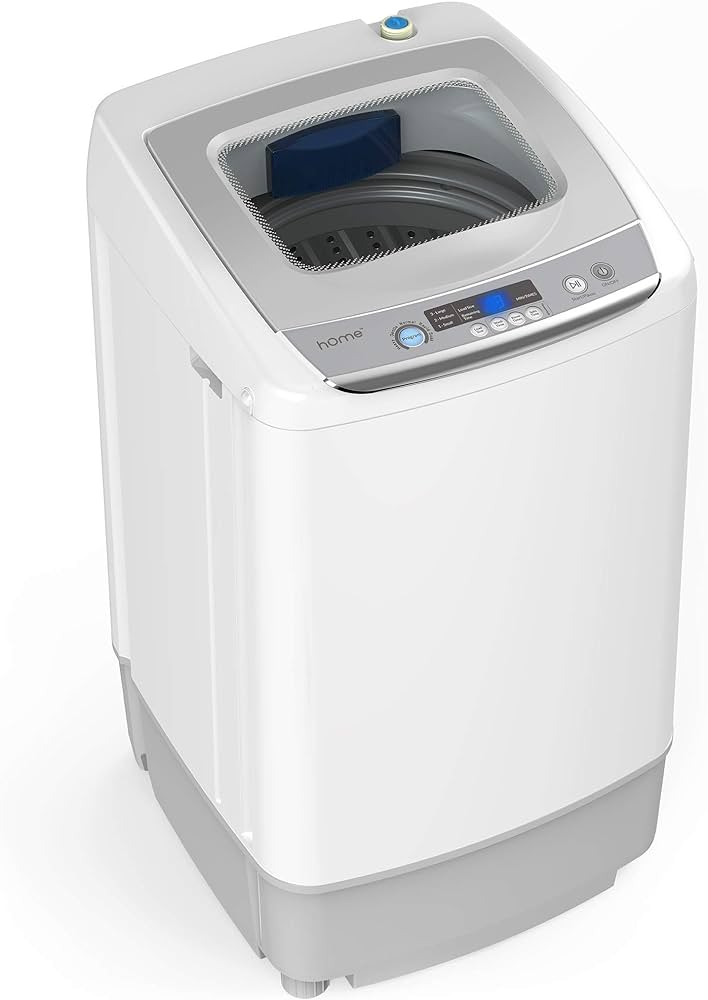
Common Myths About Washing Machine Cycles
Understanding common myths can help in making informed decisions about using your washing machine.
Hot Water Is Necessary for Clean Clothes: While hot water can be effective for removing tough stains and sanitizing, cold water combined with high-efficiency detergents can clean most fabrics and save energy. Understand water temperature recommendations for different fabrics and soil levels.
More Detergent Means Cleaner Clothes: Using more detergent than recommended does not improve cleaning performance. Excess detergent can leave residues that make clothes stiff and irritate the skin. Follow the manufacturer’s instructions for the right amount.
Only Full Loads Are Efficient: While full loads maximize efficiency, overloading can hinder cleaning performance and damage the machine. Aim for balanced loads that allow proper agitation and rinsing.

Technological Advancements in Washing Machines
New technologies in washing machines have redefined cycle durations and efficiencies, providing a more customized and effective laundering experience.
Smart Sensors: Modern washing machines come equipped with smart sensors that detect load size, soil level, and fabric type. These sensors adjust water levels, detergent usage, and cycle times automatically for optimized cleaning.
Wi-Fi Connectivity: Wi-Fi-enabled washing machines allow remote monitoring and control through smartphone apps. Users can select cycles, receive notifications, and monitor energy usage, enhancing convenience and efficiency.
Steam Cleaning: Steam cycles provide deep cleaning and sanitation, reducing the need for lengthy wash cycles. They help in removing tough stains and allergens, offering a more comprehensive clean.
Eco-Friendly Features: Energy-efficient models incorporate eco-friendly cycles that use less water and energy, contributing to lower utility bills and a reduced carbon footprint.
Conclusion
The duration of a washing machine cycle varies widely based on the cycle type, fabric, load size, and additional factors. By understanding these elements, you can choose the right cycles for your laundry needs, optimize washing times, and improve overall efficiency. Incorporating maintenance practices, being mindful of energy consumption, and leveraging advanced technologies further enhance the washing experience. Properly managing wash cycles not only ensures clean clothes but also extends the lifespan of your washing machine and helps you save on utility bills.

